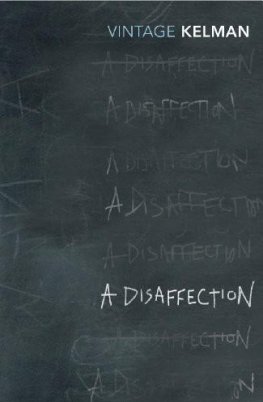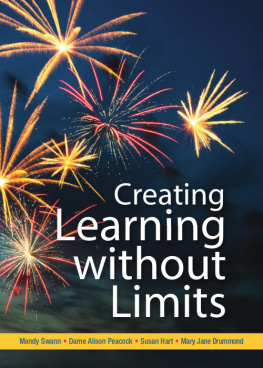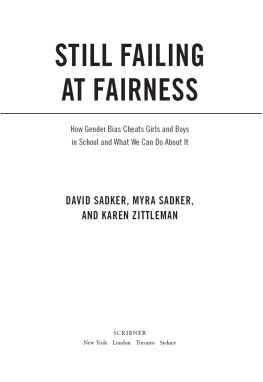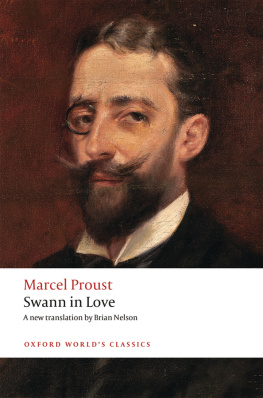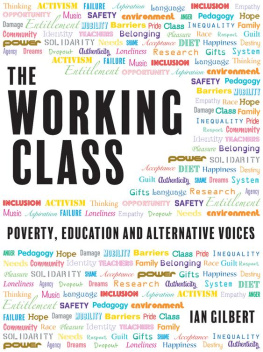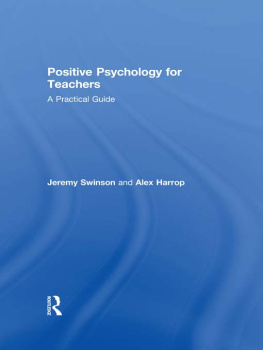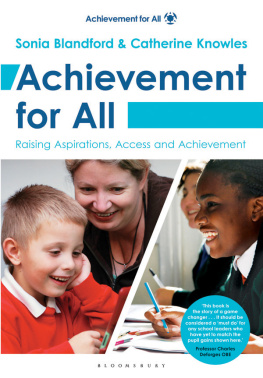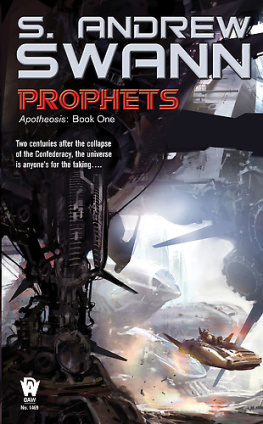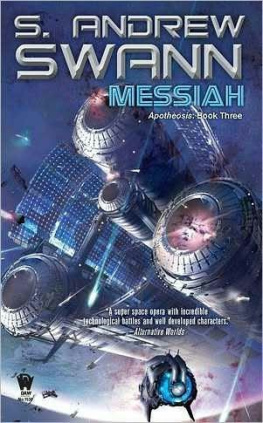PUPIL DISAFFECTION IN SCHOOLS
This is dedicated to my son who began his first day of school on Monday 9th September 2013. Before you were born, and imagining what you were like, your father and I listened to David Bowies Kooks.
Bowie knows everything, and his is the only bit of practical advice Ill listen to when it comes to your schooling,
And if you ever have to go to school
Remember how they messed up
This old fool
Dont pick fights with the bullies
Or the cads
Cause Im not much cop at punching other peoples Dads
And if the homework brings you down
Then well throw it on the fire
And take the car downtown
Pupil Disaffection in Schools
Bad Boys and Hard Girls
SARAH SWANN
First published 2013 by Ashgate Publishing
Published 2016 by Routledge
2 Park Square, Milton Park, Abingdon, Oxon OX14 4RN
711 Third Avenue, New York, NY 10017, USA
Routledge is an imprint of the Taylor & Francis Group, an informa business
Copyright Sarah Swann 2013
Sarah Swann has asserted her right under the Copyright, Designs and Patents Act, 1988, to be identified as the author of this work.
All rights reserved. No part of this book may be reprinted or reproduced or utilised in any form or by any electronic, mechanical, or other means, now known or hereafter invented, including photocopying and recording, or in any information storage or retrieval system, without permission in writing from the publishers.
Notice:
Product or corporate names may be trademarks or registered trademarks, and are used only for identification and explanation without intent to infringe.
British Library Cataloguing in Publication Data
A catalogue record for this book is available from the British Library
The Library of Congress has cataloged the printed edition as follows:
Swann, Sarah.
Pupil disaffection in schools : bad boys and hard girls / by Sarah Swann.
pages cm
Includes bibliographical references and index.
ISBN 978-1-4094-4204-2 (hbk) -- ISBN 978-1-3156-0305-6 (ebk) -- ISBN 978-1-3170-7317-8 (epub) 1. Children with social disabilities--Education--England. 2. Boys--Education--England. 3. Girls--Education--England. 4. Educational sociology--England. 5. Educational equalization--England. 6. Academic achievement--England. I. Title.
LC4096.G7S88 2013
371.930942--dc23
2013002726
ISBN 978 1 4094 4204 2 (hbk)
ISBN 978 1 3156 0305 6 (ebk-PDF)
ISBN 978 1 3170 7317 8 (ebk-ePUB)
Contents
List of Figures and Tables
Figures
Tables
Acknowledgements
I want to thank a number of people who made this book possible. First I am exceptionally grateful to the ESRC whose 1+3 scheme allowed me the privilege of concentrating fully on further study and also The Excellence Exchange Scheme which enabled me to spend valuable time at the Harvard Graduate School of Education. Second is my fantastic PhD supervisor Professor Alan Walker who helped me put shape to an unwieldy notebooks of scribblings. Third is Professor Ian Law, my boss for three years at the University of Leeds. In my interview I waffled on incoherently, yet he took a chance where others dared not. I am very grateful to Molly Vellacott. Without her efforts to read and check it made reight good sense, this book would have forever remained a conglomeration of tatty, coffee-stained, sad looking pages. Having a fresh pair of eyes look over my work motivated me to burn the midnight oil and sort it out. Word by word. Sentence by sentence.
Special thanks go to the schools and all the young people and teachers who took part in the study and allowed me to intrude into their worlds. You all offered hugely valuable and important contributions to this book and helped me bolt down the theory to concrete tangible experiences. I returned to secondary teaching while writing the book and I also actually need to say thanks to my fellow English teaching colleagues. The reason why the ink cartridges and paper ran out all the time was because I was printing out drafts of The Infernal Book. I am sorry we had to resort to robbing from Maths and stealing photocopying codes.
I want to thank all those who surround me, including my computer. You have witnessed me nearly have a full throttle breakdown trying to complete this book in between full time teaching and that cannot have been a joyous task. Finally, extra special thanks and love goes to my son, Felix, who timed his birth with absolute precision: four hours after handing in my long laboured over PhD thesis. Now aged three years and eight months, you do enjoy your own brief periods of rebellion full throttle tantrums and disgustingly putrid talk of poo poo and wee wee sandwiches but you are brilliant and you make your mother very happy, and very proud every single day.
Chapter 1
Knots and Tangles in Secondary Schools
Disaffection has become a fashionable word in the world of education. It is a term which has frequently been used in the field of education, both by policy makers and practitioners and also wider advising on gloomy social realities of young people with no qualifications, no jobs and no futures. What do we actually mean when we talk of pupil disaffection and poor standards of pupil behaviour in school today? Is it those educationally apathetic pupils sitting at the back of the class playing music on their phones, chatting on MSN and swapping Facebook updates? Is it about swearing, verbal abuse, chair-chucking boys, belligerent girls, confrontational pupils owning the school corridors and acting hard or simply youthful high jinks? Or does the term encompass all of these? Although much talk at the chalk face is laced with stark references to pupil engagement, learning outcomes, progress indicators and levels of progress, these are nought but witless witterings unless we confront the root causes of poor behavior.
In highlighting the experiences of disaffected pupils the book is still looking at a minority of pupils, or what Booth (1987: ix) has termed the marginal esoteric. In other words, it is important to remember that the majority of pupils behave well most of the time. Nonetheless disaffected pupils are a formidable presence in the classroom, a fact which has not gone unrecognised. Sue Cowleys (2001, 2003, 2006, 2010) book Getting the Buggers to Behave is now in its fourth edition. The true nature and level of disruptive behaviour in schools remains a mystery which is an issue recognised by the House of Commons Education Committee (2011). Data currently collected by the Department does not fully represent the nature of behaviour in schools- good or bad- and the impact of that behaviour upon staff, pupils, parents and carers (House of Commons Education Committee, 2011: 3).
This is not the first research to highlight discipline problems in English schools and it is unlikely to be the last. Pupil disaffection is, to varying degrees, a concern in every single secondary school. Some 160 years ago this book might have been called Larrikens and Loud Street Girls: the Fearful and Growing Prevalence of Juvenile Depravity. The language has changed but the great riddle of education remains unchanged: how to deal with the daily grind of disruptive pupil behaviour. It is blatantly clear that concern with pupil behaviour remains a major theme in teachers everyday professional practice. Consider the following typical real world examples of behaviour reports from Northern inner city secondary schools:


